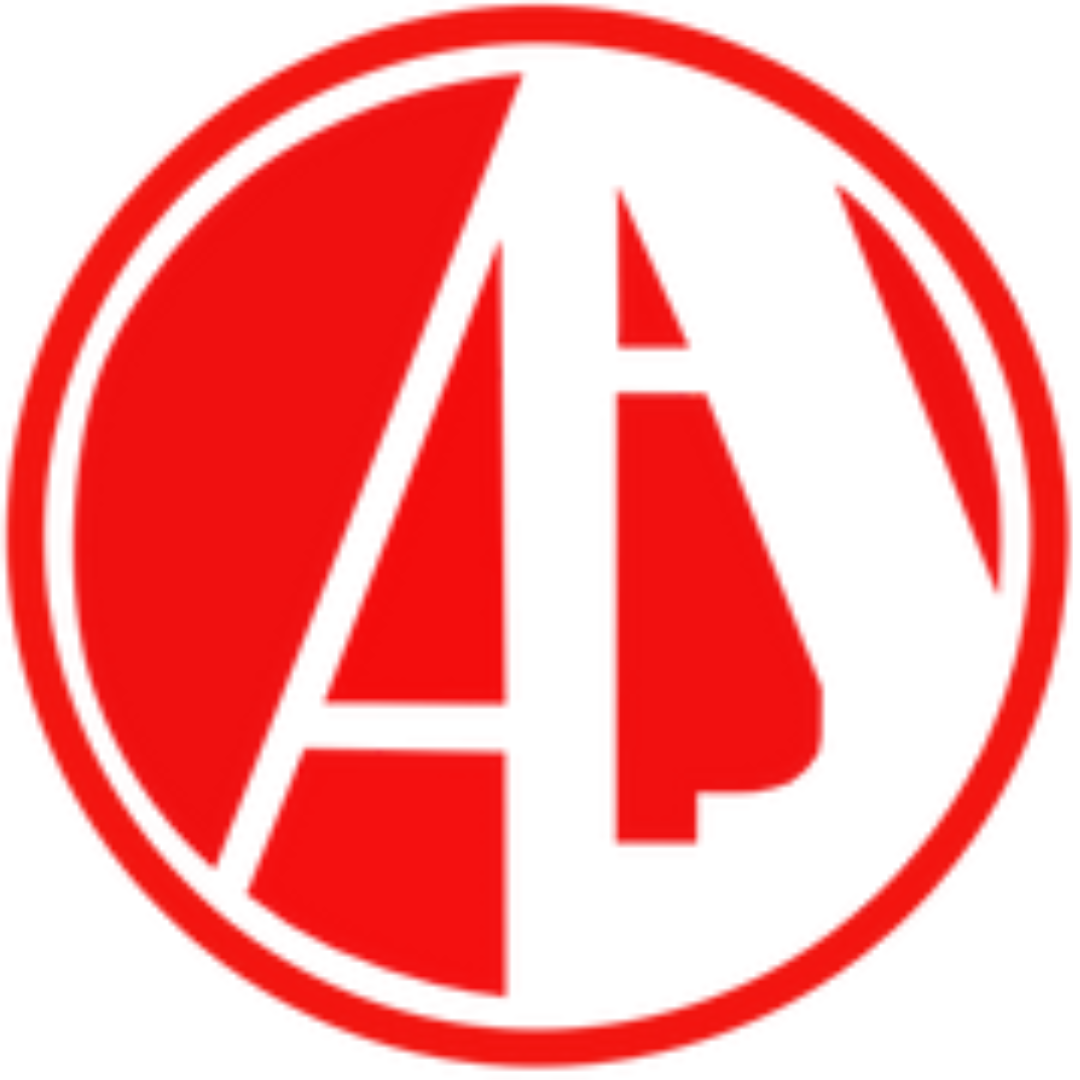Introduction to Data Analytics: Students are introduced to the fundamental concepts and principles of data analytics. They learn about the role of data in business decision-making, the data analytics process, and the tools and technologies used in data analysis.
Data Collection and Management: Students learn about different methods of data collection, including surveys, interviews, and data scraping. They also study data storage and management techniques, including database design and data cleaning.
Data Visualization: Courses in data visualization teach students how to effectively present data using charts, graphs, and interactive visualizations. They learn about visual storytelling and how to communicate data insights to stakeholders.
Statistical Analysis: Students gain a solid foundation in statistical analysis techniques. They learn how to analyze data using descriptive and inferential statistics, hypothesis testing, regression analysis, and correlation analysis.
Predictive Analytics: Courses on predictive analytics focus on using historical data to make predictions and forecast future trends. Students learn about techniques such as regression modeling, time series analysis, and machine learning algorithms.
Business Intelligence: Students explore the field of business intelligence and its role in decision-making. They learn about data warehouses, data mining techniques, and business intelligence tools used to extract insights from data.
Data Ethics and Privacy: Courses on data ethics and privacy cover the ethical considerations and legal frameworks surrounding data analytics. Students learn about data protection regulations, privacy policies, and best practices for handling sensitive data.
Business Decision-Making: Students study how data analytics can be applied to support business decision-making processes. They learn how to identify business problems, formulate research questions, and use data analysis to make informed decisions.
Data Analytics Tools: Students gain hands-on experience with data analytics tools and software commonly used in the industry. This may include programming languages such as R or Python, statistical analysis software, and data visualization tools.
Industry Project or Work Placement: Many data analytics programs incorporate an industry project or work placement component, allowing students to apply their skills in a real-world business environment. This provides valuable hands-on experience and the opportunity to work on data analytics projects under the guidance of industry professionals.
Show less













